1. The Amityville Horror House – Amityville, New York
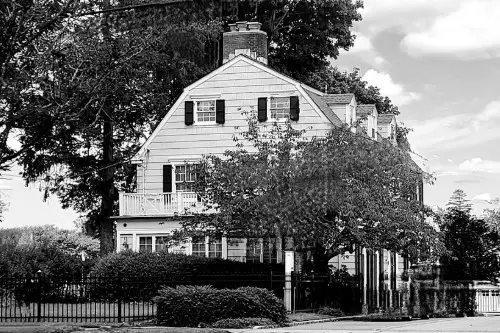
Made famous by books and movies, the Amityville house draws curious visitors—who are immediately made to feel unwelcome, according to Reuven Fenton and Alex Oliveira from The New York Post. The current owners have nothing to do with the haunting legend and have worked hard to keep the place quiet. They’ve even changed the house’s appearance to throw people off. Still, fans of the paranormal keep showing up.
Locals are notoriously fed up with the attention, and police patrol the area frequently. The homeowners have posted warnings and security cameras are visible. Tourists hoping for a spooky thrill often find themselves turned away or scolded. It’s a suburban neighborhood—not a movie set—and the cold reception makes that crystal clear.
2. The Playboy Mansion – Los Angeles, California
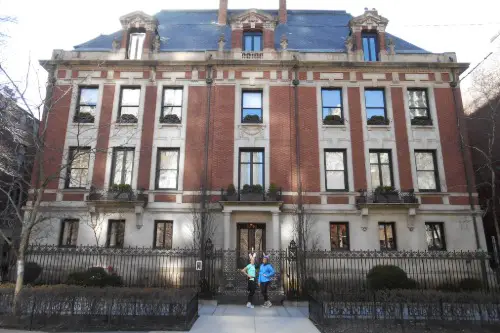
Once the epitome of Hollywood hedonism, the Playboy Mansion is now under private ownership and strictly off-limits to the public, according to Chris Morris from Fortune. Though it’s still a point of fascination for many, tourists often find themselves peering through tall gates with no way in. Since being sold by Hugh Hefner in 2016 with a clause allowing him to live there until his death, the mansion has gone completely private. Even nearby residents are tight-lipped about it, creating an air of exclusivity that’s hard to crack.
People show up hoping for a peek into its decadent past, but they’re often met with security and serious privacy barriers. Unlike other celebrity homes that allow occasional tours or photo ops, this place makes it clear: not welcome. It’s a bucket list spot for pop culture fans, but also a stark reminder that some icons prefer to remain mysterious. And honestly, the “look but don’t touch” vibe can feel more than a little chilly.
3. Mount Vernon – Fairfax County, Virginia
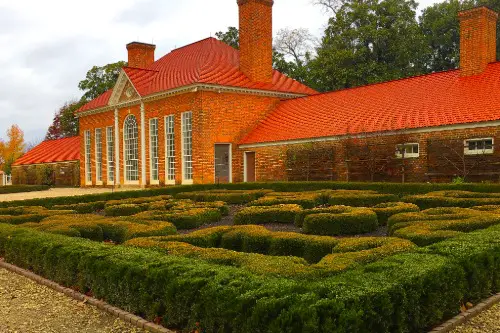
While George Washington’s home is technically open to the public, it’s known for its strict rules and watchful docents. Visitors often report feeling like they’re constantly being watched or corrected during the tour. It doesn’t help that photos are restricted in many areas, and touching anything is an absolute no-go. The overall atmosphere is more reverent than welcoming.
This makes sense—it is a historic site—but for tourists expecting a warm, engaging experience, the vibe can feel rigid. The grounds are beautiful, but don’t expect to linger comfortably in every room. The emphasis is on preservation over presentation, which is great for historians but not so much for casual visitors. If you step even a little out of line, you’ll know it fast.
4. The White House – Washington, D.C.
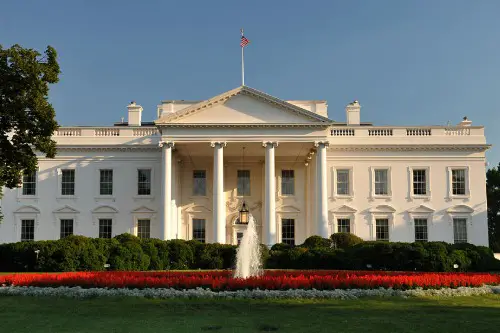
You’d think the most famous house in America would be the most inviting, but visiting the White House is anything but easy. Tours must be requested well in advance through a member of Congress and even then, they’re not guaranteed. Security is intense, the process is rigid, and the experience often feels rushed. Many tourists describe it as more stressful than awe-inspiring.
Even standing outside can be a letdown due to heavy barricades and snipers visibly stationed on the roof. It’s the ultimate symbol of American democracy, yet ironically feels the most closed-off. While the restrictions are understandable, especially post-9/11, the lack of access can leave people feeling unwelcome. For something so iconic, it’s surprisingly inaccessible.
5. The Winchester Mystery House – San Jose, California
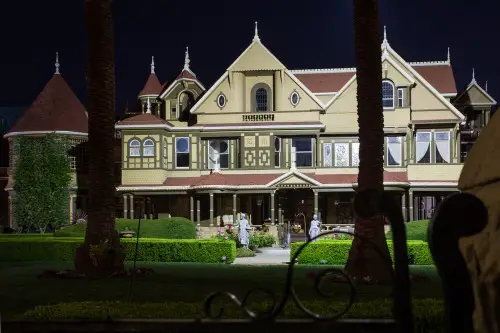
Despite being open for tours, this famous labyrinthine mansion can feel oddly unwelcoming—not because of the staff, but the house itself, according to Carol High from San Francisco Travel. With its bizarre design, staircases to nowhere, and windowless rooms, the place gives off a disorienting and eerie vibe. Some visitors leave feeling more creeped out than enlightened. It’s hard to shake the sensation that you’re trespassing in someone’s haunted obsession.
The story of Sarah Winchester’s spiritual paranoia adds to the uncomfortable energy. While docents are informative, the tone is often somber and weirdly impersonal. There’s less of a sense of historical immersion and more of a ghost tour gone wrong. If you’re sensitive to “vibes,” this place might not feel very welcoming.
6. The LaLaurie Mansion – New Orleans, Louisiana
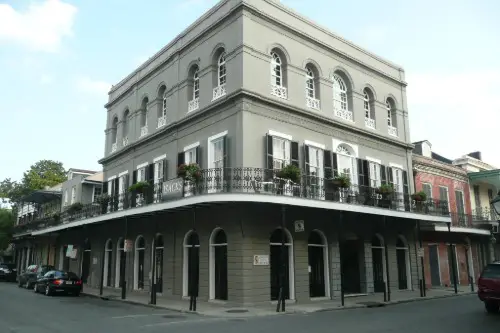
Arguably the most infamous house in the French Quarter, the LaLaurie Mansion is steeped in real-life horror. Though it’s a favorite stop on ghost tours, you’re not allowed inside—period. The building is privately owned and strictly off-limits, with no plans to become a museum. Still, people gather outside, hoping for a glimpse of what lies within.
The dark history of Madame LaLaurie’s abuse and torture of enslaved people adds a deeply disturbing layer to any visit. Locals don’t always appreciate the ghoulish fascination, and the owners have gone to great lengths to keep visitors away. Even tour guides often tell people not to linger. It’s a spot that’s more about eerie storytelling than actual hospitality.
7. Elvis Presley’s Circle G Ranch – Horn Lake, Mississippi
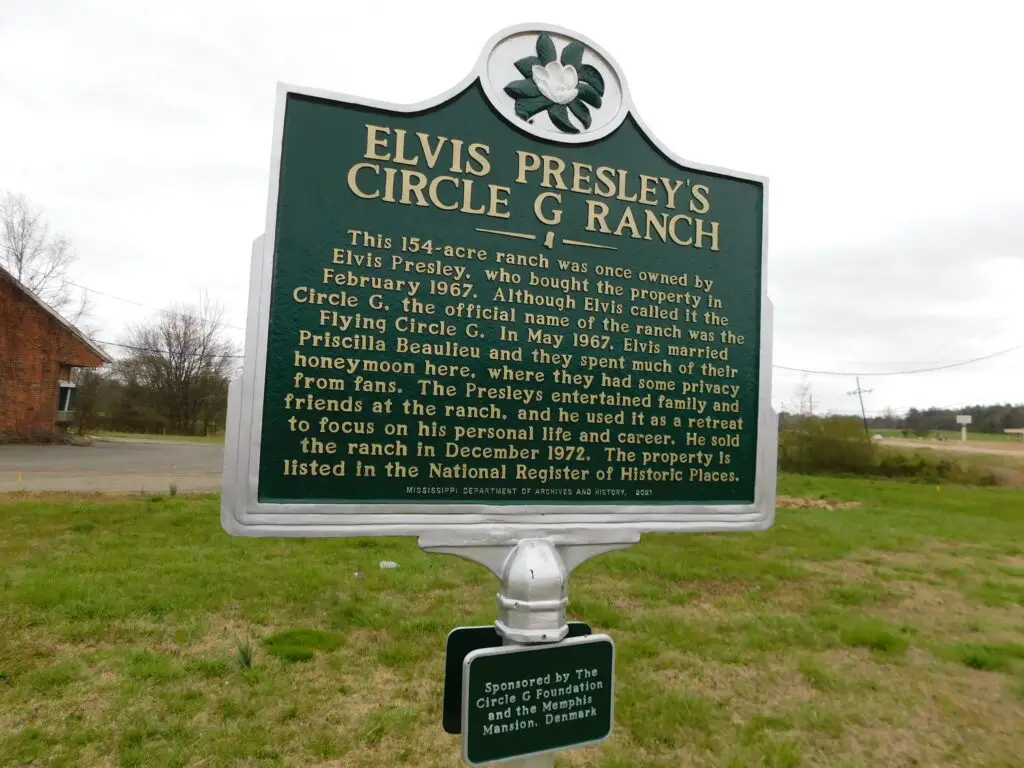
Everyone knows Graceland, but Elvis’s Circle G Ranch? Not so much—and that’s kind of the point. This lesser-known Presley property was supposed to be a more relaxed, country getaway for the King, but it’s now in a weird limbo of semi-abandonment and private ownership, according to Shara Clark from Memphis Magazine. Tourists who make the trek often find themselves facing locked gates and “No Trespassing” signs.
Fans who expect to connect with Elvis’s rural side usually leave disappointed. There’s been talk of redevelopment over the years, but nothing has panned out in a visitor-friendly way. The site has decayed significantly, adding to the “keep out” vibe. It’s a shrine that never quite figured out how to welcome pilgrims.
8. Spahn Ranch – Chatsworth, California
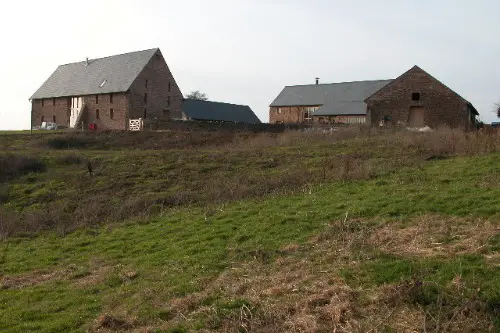
Once the creepy hangout of the Manson Family, Spahn Ranch is now a barely recognizable plot of land in a state park. Though technically accessible, it’s difficult to find and doesn’t exactly roll out the red carpet. There are no signs, no tours, and no effort made to acknowledge its infamous past. The few remnants that exist are overgrown and easy to miss.
People who visit often report a heavy, unsettling energy—not helped by the lack of official recognition or guidance. Local authorities have little interest in turning it into a destination. It’s a place where history lives in whispers, not plaques. For true crime buffs, the atmosphere can feel more like a warning than an invitation.
9. The Kennedy Compound – Hyannis Port, Massachusetts
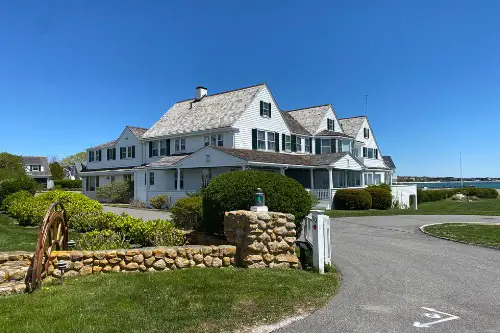
Despite its storied history, the Kennedy Compound remains a private, heavily guarded estate. The family has kept the compound largely off-limits, even during major public events or anniversaries. Attempts to approach are usually met with stern warnings or confused stares from security. There are no tours, and drone use is strictly prohibited.
This exclusivity adds to the mystique but also to the feeling of being an intruder. While the nearby JFK Museum offers some solace, nothing beats the allure of the actual estate—and you won’t get close to it. The Kennedys have always walked the line between public and private, and this property falls squarely on the private side. For tourists, it’s all about admiring from afar.
10. The Bohemian Grove – Monte Rio, California
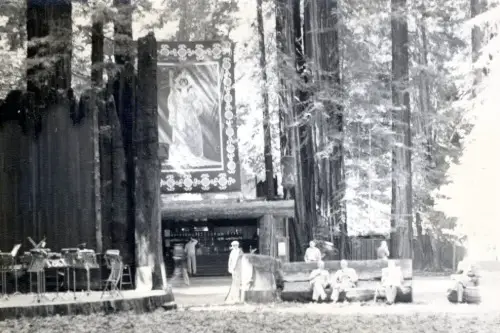
A playground for the rich and powerful, Bohemian Grove is surrounded by conspiracy theories and tight security. Owned by the elite Bohemian Club, the site hosts an annual private retreat that’s invitation-only. Locals will tell you flat-out not to bother trying to get close. Roads leading to the grove are monitored, and trespassers are dealt with swiftly.
What makes it especially frustrating for the curious is how much speculation surrounds it—everything from political deals to bizarre rituals. With no public access and no real official comment, the mystery only deepens. The secrecy is part of the appeal, but it also makes tourists feel like they’re sniffing around where they clearly shouldn’t. This is one clubhouse you’re never getting into.
11. Neverland Ranch – Los Olivos, California
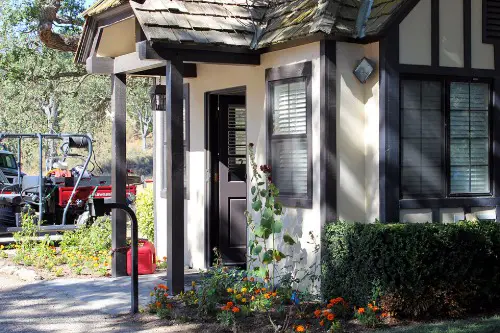
Michael Jackson’s former estate may be world-famous, but it’s not exactly tourist-friendly these days. Now called Sycamore Valley Ranch, the property is privately owned and not open to the public. Tourists still try to visit, only to be greeted by locked gates and heavy security. Some have even reported being asked to leave by patrols.
Even though the iconic floral “Neverland” clock is long gone, fans keep coming, drawn by the mythology. But there’s a sadness that hangs in the air, especially since the estate has been tied to controversy. The attempt to rebrand the ranch hasn’t erased its complicated legacy. Visitors often leave feeling conflicted—or outright rejected.
12. The Lizzie Borden House – Fall River, Massachusetts
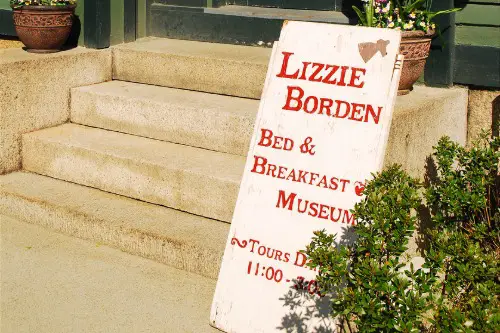
This one’s a bit of a curveball—it is open to the public, but not always welcoming depending on who you ask. Some visitors feel the experience leans too heavily into gimmick and gore. Staff sometimes play up the murder legend to a campy degree, which can make people feel like they’re participating in something a bit crass. Others say the guides are curt and quick to end conversations.
It doesn’t help that the house now doubles as a bed and breakfast, which can create awkward interactions between overnight guests and day visitors. There’s a weird tension between being a tourist attraction and a functioning business. While true crime fans are often thrilled, more casual tourists might feel uneasy. The balance between spooky and respectful can be hit-or-miss.
13. Hearst Castle – San Simeon, California

On paper, Hearst Castle is a grand and public monument—but visiting can feel like you’re crashing someone’s fantasy. The estate is stunning but heavily regulated, with guides that keep a tight grip on tour groups. There’s little room for spontaneous exploration, and the structure of the tour feels stiff. You’re shuttled through as if on a conveyor belt.
While the architecture is undeniably gorgeous, the over-the-top opulence can come off as alienating. The staff isn’t unfriendly, but they’re clearly focused on preservation over personalization. Many visitors report feeling like they were just numbers in a system. It’s beautiful, but don’t expect to feel at home.
14. Thomas Jefferson’s Poplar Forest – Forest, Virginia

Often overshadowed by Monticello, Poplar Forest is Jefferson’s lesser-known retreat—and it’s a bit of an enigma. While open to the public, the site has a very reserved atmosphere. Guided tours are informative but often delivered in a somber, academic tone. Spontaneity is discouraged, and photography rules are surprisingly strict.
It’s clear the focus is on education, not entertainment. For visitors looking for a rich, immersive experience, it might feel a bit sterile. The place seems more interested in preservation than creating a welcoming vibe. You’ll learn a lot—but probably won’t be laughing along the way.


